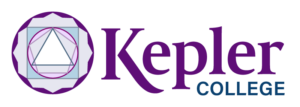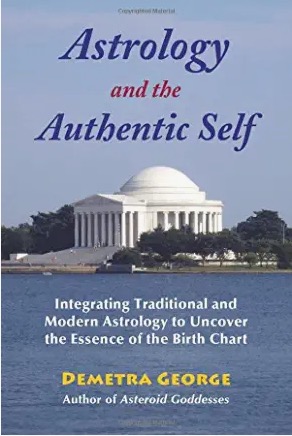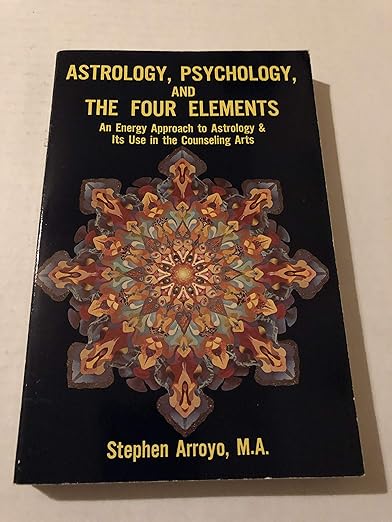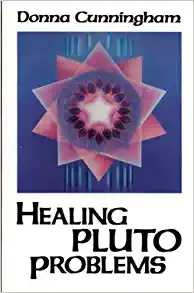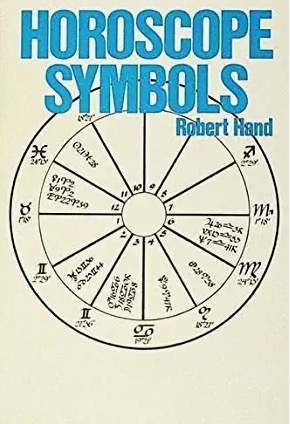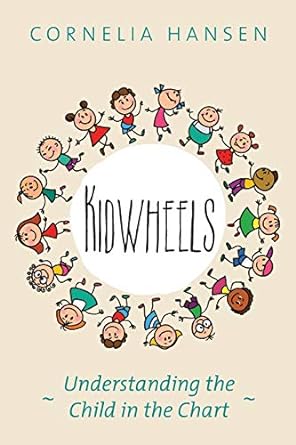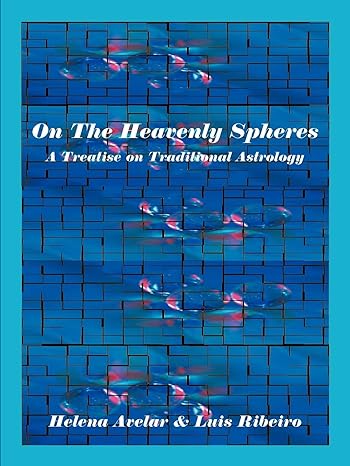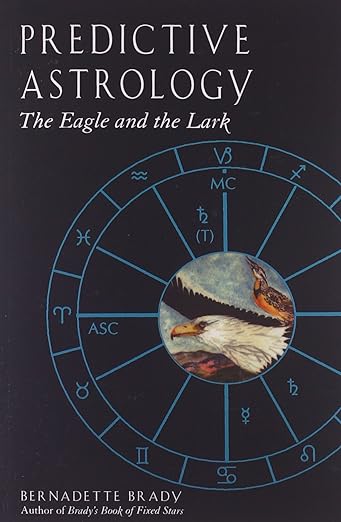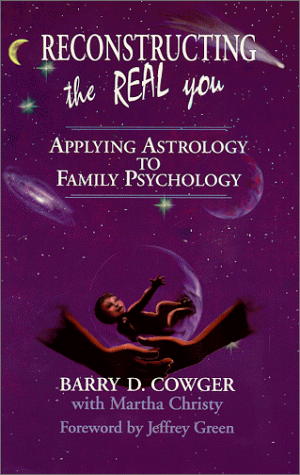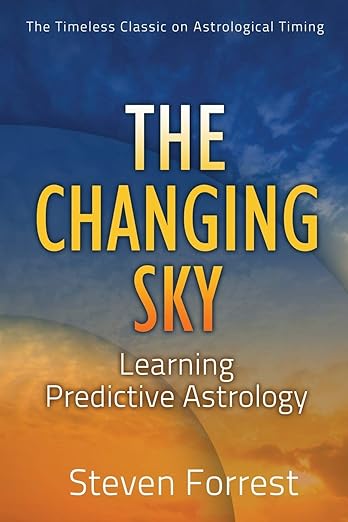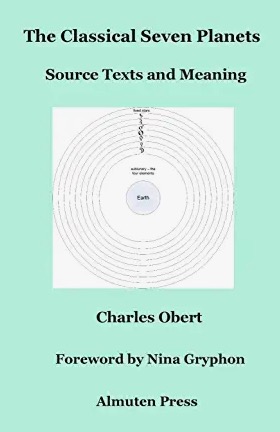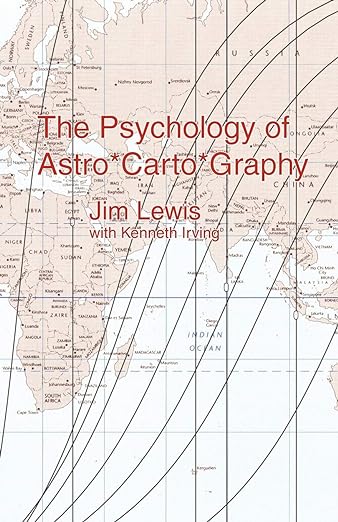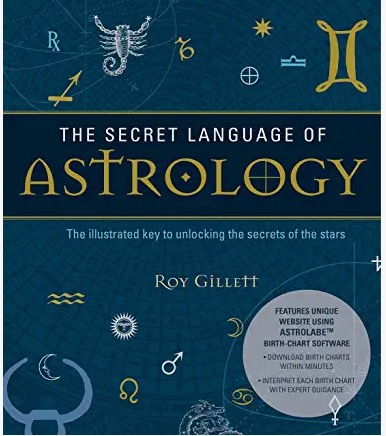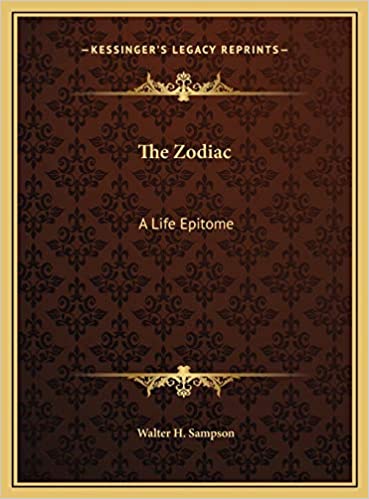Alan Leo writes on methods of subdividing the zodiac while tracking movement in the chart (transits, secondary progressions, solar arc directions)
In the previous post I commented on a view of triplicity rulers that was prevalent in the 15th century. Having recently watched an interview with Jenn Zahrt done by Mychal A. Bryan, I was interested in comparing what Jenn had to say with the 1485 text of Diego of Torres who taught astrology to university students in Salamanca. One of the comments that Jenn made, which garnered a lot of interest, was the idea that the third triplicity lord of the 9th house had to do with one’s relationship to astrology and divination
Required for Fundamentals I (RN101)
Aspects are an essential piece of the astrological puzzle when it comes to interpreting and using the information that astrology can give us. It is not enough to know the placement of the planets on the horoscope. It is the relationships between the stars and planets that let us grasp the destiny of the individual. Aspects describe the drama of our lives--the complex configurations that influence what will happen to us over time.
Author: Sue Tompkins
312 pages, copyright 2002
Required for Fundamentals II (W102)
Astrology and the Authentic Self is a ground-breaking work by Demetra George, one of the most the respected authors in her field. This book provides a model for the practicing astrologer to analyze a client's life purpose as indicated through the natal chart. It addresses significant concerns, such as relationship and vocation and provides methods for determining current timing movements. She gives the methods to communicate this complex information in a concise and professional manner within the context of an astrological counseling session. Ms. George provides an excellent introduction to the doctrines of ancient astrology concerning how to determine the condition of a planet and its capacity to be effective and produce favorable outcomes. She outlines how to follow these traditional guidelines, but interprets them within a modern context, adding the insights of more contemporary approaches.
Author: Demetra George
316 pages, copyright 2008
Well-written and moving account of Pluto in the natal chart, and how Pluto aspects can affect childhood, adulthood, and life in general. Open discussion of child abuse, rape, incest, violence, repression, manipulative types and how they got that way. Also included are ways to heal Pluto problems using flower remedies, meditation and more.
Author: Donna Cunningham
120 pages, copyright 1900
Book Review
a deep look at combustion, and how to interpret them individually.
Required for Fundamentals II (W102)
Whether you're a beginning student or a practicing professional, Horoscope Symbols takes you beyond your present conception of astrology into a whole new realm of understanding. Horoscope Symbols takes the beginner beyond cookbook interpretations to genuine insight, beyond superficial keywords to the fundamental principles that underlie astrology, beyond overemphasis on signs to the primacy of planets and angles. Although Hand assumes little prior knowledge of astrology, the more you know, the more you will get out of this book. Hand takes the expert beyond the fatalism of tradition to a deep understanding of the role of personal choice in the life of the individual, beyond fortune telling to the true source of human experience.
Author: Rober Hand
368 pages, copyright 1981
Required for Fundamentals I (RN101, RN103, & RN104)
For modern astrologers, a complete step-by-step guide to learning and using traditional Western astrology techniques. It covers the history and world view of traditional astrology, outlines the primary geometry and number symbolism, and covers the leading techniques and concepts. There is also a step-by-step natal interpretation outline and several fully worked examples.
Author: Charlie Obert
254 pages, copyright 2015
"Local Space is no "subtle plane," but a personal landscape painted in bold and clear strokes and tailor-made to fit the psyche of each individual. Here is a world where the modern man or woman is learning to move across the face of this earth in an endless dance of adjustment and tuning of his radix -- of his or her self. Individuals driven in particular directions on a checkerboard world, unable to resist travelling toward a goal that is no particular place on earth so much as it is a direction imprinted within them, the direction of a force or planet, "There! Where Power hovers", to use Don Juan's expression. In a word, here is perhaps the must direct astrological system, where the obvious is enthroned and the subtle unnecessary." Both the astronomy and the astrology are included, along with step-by-step examples on how to interpret Local Space charts. 207-pages. 140 illustrations.
Author: Erlewine, Michael
Thousands of years ago, people first observed a correlation between the heavenly bodies and events on Earth. Out of these early observations and subsequent refinements came what today is known as astrology. For most of these millennia, astrologers used only the seven visible planets: Sun, Moon, Mercury, Venus, Mars, Jupiter and Saturn. It is out of this tradition that Helena Avelar and Luis Ribeiro have written this extensive book on astrology. The rules and principles here presented apply to all branches of astrology,natal, mundane, horary and elective. Their method is the traditional and time-honored one, and includes, among others, chapters on: The Planets The Zodiac and the Signs The Essential Dignities The Houses The Aspects Chart Dynamics The Condition of the Planets The Fixed Stars The Parts The Power of the Planets Using this traditional method, it is possible not only to thoroughly and completely read the natal chart but to do so with a breadth and depth of meaning not found in the modern methods of astrological interpretation. It avoids cookbook-type methods and centers on the practical understanding of the astrological concepts, presenting the Tradition in present-day language. In addition, more than two hundred fifty illustrations make the traditional principles easy to understand and use in chart interpretation. This practical how-to book is one of a kind, and the one that will teach you the traditional methods and you reach into the past to benefit from the knowledge of the authors and astrologers from ancient Babylonia through the medieval period. It is suitable for both beginners and advanced students, as it provides the indispensable core of astrological knowledge, at the same time allowing more experienced students to organize their knowledge into a coherent system.
Author: Helena Avelar, Luis Ribeiro
This groundbreaking book, with its many new techniques and concepts, brings predictive astrology into a world of its own. Covers techniques and methods necessary for making accurate astrological predictions. Learn to reveal the future and put various aspects of life into perspective.
Author: Brady, Bernadette
All birth times should be tested with a few prominent life events to confirm that the chart works with appropriate astrological descriptors aligning when the situation or event occurred. Bernadette Brady tells us that “Incorrect Birth Time…is probably one of the largest causes of errors in astrological work. Any change to the birth time can, of course, change the signs on the house cusps as well as the timing of movement to the angles”
Author: Tebbs, Carol
Steven Forrest, author of the award-winning and critically acclaimed book on basic astrology, The Inner Sky, sequels that outstanding work with this dynamic text on predictive astrology. Here you will find a brief review of the astrological basics (planets, houses, signs and aspects) and then the heart of the book: Transits - the current positions of the planets in the sky compared to one's birth chart. Outer planets are discussed in terms of their "Teacher" or "Trickster" potentials. Also addressed is the cycle of the houses and the tasks represented by each. Progressions - a day symbolically equated to a year in one's life. Thorough explanations of progressed Moon through the houses and signs, and changing angles (Midheaven and Ascendant) are presented. And the Art of Synthesis - how to put it all together. This practical guide to predictive astrology shows the reader how to make better life choices, with a focus on personal freedom and responsibility.
Author: Forrest, Steven
Required for Fundamentals III (W103)
This book has the meanings of the classical seven planets of traditional astrology as described in the work of five major authors from astrology's tradition: Vettius Valens, Abu Ma'shar, Al-Biruni, William Ramesey and William Lilly. There is also information on the overall context of meaning of the planets, and suggestions to get the most out of the traditional texts.
Author: Charlie Obert
180 pages, copyright 2020
Knowing the exact time of birth is crucial for an accurate horoscope. An incorrect birth time can result in the wrong Ascendant, Mid-heaven, and more! The Complete Book of Chart Rectification may be the first book ever to offer modern astrological methods for rectifying questionable or unknown birth times. Once regarded as rocket science for astrologers, chart rectification is still considered advanced in our technology age. But this groundbreaking book makes the process easy! Learn how to find a consistent pattern where astrological indicators correspond with life events. These techniques will help you link dramatic life events with aspect "hooks" to narrow birth time parameters.Tebbs' easy-to-follow rectification methods are highlighted by case studies featuring biographies and chart analyses of Elizabeth Taylor, Johnny Cash, and Jimmy Swaggart.
Author: Tebbs, Carol
Required for Fundamentals I (RN101)
This is a vital addition to any astrologer’s bookcase. Deborah Houlding has been instrumental in bringing traditional astrological techniques back to the forefront of modern-day practice. In this hugely popular book she discusses the background of house systems and the meanings of the houses in the context of ancient, traditional and modern astrology. This is an invaluable book and a must for those new to astrology.
Author: Houdling, Deborah
Astro*Carto*Graphy(r), developed by the late Jim Lewis, revolutionized astrology by transforming the ancient horoscope wheel into a world map that shows at a glance where a person can find love, money, vitality, or even jump-start a fading career - simply by moving to a new location. The Psychology of Astro*Carto*Graphy, based on Lewis writings, notes, and lectures, with additional material by Kenneth Irving, has long been hailed as the definitive work on the subject, and this new edition revises and extends the information found in the original. Detailed explanations of the changes each planet can bring to a particular location help the reader to apply Astro*Carto*Graphy s insights to his or her own life. The book also includes useful notes, an index, historical and technical notes on Astro*Carto*Graphy, a resource section for further study, and afterwords on Jim Lewis, the man and the teacher, and the continuing charitable work that stems from his legac
Author: Lewis, Jim
Required for Fundamentals I (RN101)
What is the effect of each of the planets on your zodiac sign? What is the influence of the 12 "houses"? What are "aspects," and how do they relate to your birth chart? In this unique book and weblink package, renowned astrologer Roy Gillett uncovers the hidden layers of astrology to explain the complex interplay of influences that shape our character.
Author: Roy Gillett
160 pages, copyright 2017
1928. Being a comparison of the zodiacal elements with life-principles: cosmic, anthropologic and psychologic. This work is founded on and carried through by means of a plan which is, in its own manner, orderly and complete. The zodiac conveys the reader throughout the series of life principles commencing at Aries, the Creation and Resurrection, terminating at Pisces, the principle of decay and resolution.
Author: Walter H. Sampson
Required for Fundamentals II (W102)
Astrology: Understanding the Birth Chart is designed to be useful to all students of astrology, from beginners to more advanced practitioners, and will help you develop an integrated, synthesized approach to understanding the birth chart. You will discover how classical astrology can enrich your understanding of the planets, signs, and houses. You will explore the meaning of the Lunar Nodes, eclipses, the angles, retrograde planets, and aspect patterns. You will also learn how to identify key themes in the chart, and how to relate the different aspects and elements together to gain a holistic understanding of the birth chart-and of the individual. An up-to-date listing of astrological organizations and software programs is included that offers a wealth of resources for any astrologer
Author: Kevin Burk
368 pages, copyright 2001
Browse by Category
Recommended Reading (26)
|
